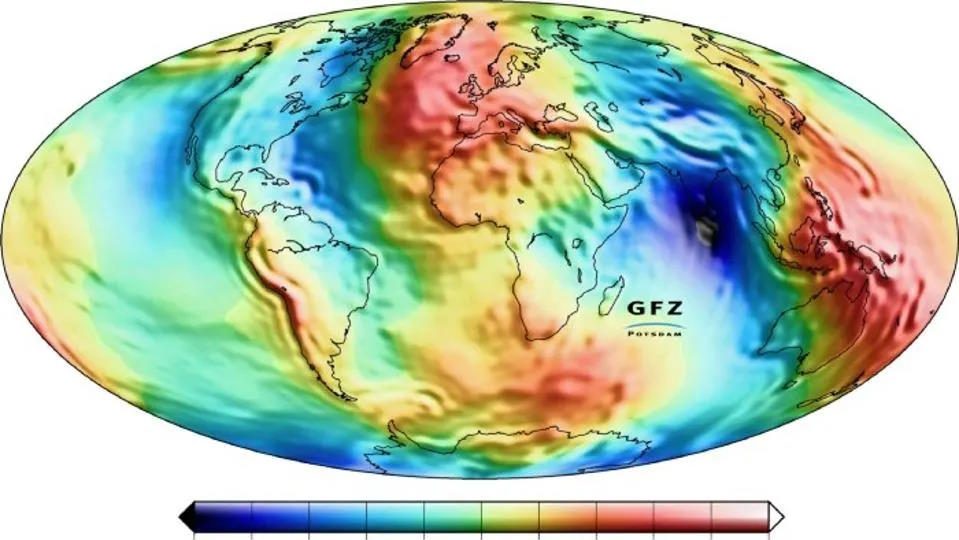Economist John Taylor doesn’t think the Fed could have done much more in the eye of the 2008 financial storm.
Question: Why did the asset inflation created by the Fed occur primarily in housing? (Jeffrey Friedman, Causes of the Crisis)
John Taylor: You know, the thing about monetary policy is, just to get to your question about why asset prices were the place where some of the stresses took place, you never know exactly where the impact will take place, sometimes it's in broad measures of inflation, sometimes it's certain sectors first. Energy has been a common place where price pressures first build up. In this case, a lot of them were more in the housing market. I think that was because we already had the beginning of a housing boom going. So in a sense what the low interest rates did was accelerate that. Plus, of course, with the adjustable rate mortgages around and available, though very low interest rate enabled there to be more teaser rates, more very low starting rates, and so that added to the housing boom itself.
As you know, during this period, there was a big increase in the fraction of mortgages that came through the adjustable rate, and so those extra low interest rates affected things there.
But you also had general increase in inflation during this period. It was creeping up each year, 2002, 2003, 2004, 2005, and the acceleration of the housing boom was on top of that.
Question: Is it better to have price level targeting or inflation targeting in a liquidity trap? (Scott Sumner, The Money Illusion)
John Taylor: I think the distinction between price level targeting and inflation targeting, which has had a huge amount of attention in the academic literature and has been referred to in the past, such as Ben Bernanke before he became Chairman. I think those distinctions in practice get blurred by the realities, quite frankly. It of course would be good to have a price level targeting other things equal that would sometimes require deflation, however, and a lot of evidence that that's not such a good thing to have; even occasionally.
So, I've always been of the view that an inflation target makes more sense, it's easier for people to understand, we've had a lot of practice with it. And while there is this problem of lack of a drift, the drift of the price levels sometimes called base drift, overall seems to me if we were able to keep the inflation rate at a very low level, then we would effectively get similar results to price level targeting.
Question: Should the Fed have been more aggressive with monetary stimulus in September-November 2008? (Scott Sumner, The Money Illusion)
John Taylor: I think the Fed cut interest rates during that period just about right. I think it was basically coming down, it could have been a little faster at that point, and of course, GDP did fall tremendously. But I think if they had kept the interest rates along the same path it would have been fine. The problems I see at that period was the tremendous amount of uncertainty added by these new effects, if you like, the quantitative ease, and sometimes I've called somewhat **** mundustrial policy to where the actions went well beyond the usual interest rates. And I don't think they were appropriate. We're still studying them. Some of them were inappropriate. I just finished a study on mortgage interest rates.
So, the question about whether the policy could have been even easier going into the panic, it is certainly something to examine, but I think basically, it's about all it could do at that point. The problems I saw were not so much a monetary policy at that stage, but the really ad hoc chaotic interventions that occurred around the time of the rollout of the TARP, not clear kind of actions with respect to what happened to Lehman Brothers. So, a lot of surprises and ultimately a lot of panic. And I think that panic was induced as I've argued in other places by government actions. I think some of the actions of the Fed after the panic began were constructive to be sure. But I don't see that in terms of a faster reduction in interest rates.
In fact, if I could just add. One thing I think people should recognize is that while the federal funds rate target of the FOMC came down gradually in the fall of 2008, the actual rate came down quite a bit more rapidly. In fact, each of the FOMC decisions effectively ratified what the rate was already at. And that rate came down so rapidly because of the large expansion in the reserves. So, it's hard to see how measured in terms of interest rates policy could be much easier in the October, November, December period.
Recorded on December 21, 2009





